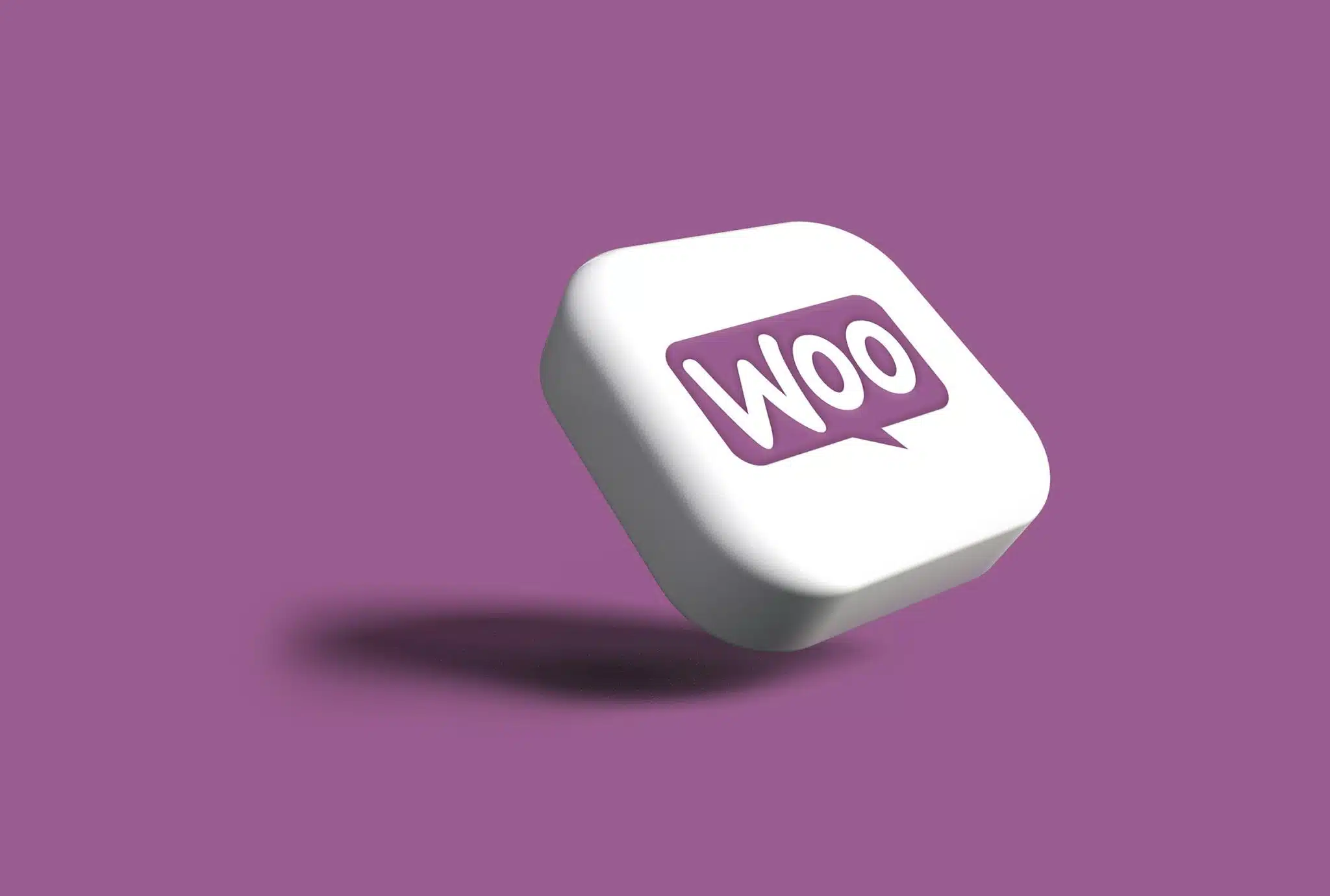Introduction
In the ever-evolving world of e-commerce, WooCommerce stands out as a powerful platform for building online stores. However, to truly harness its potential, understanding how to build custom WooCommerce functionality is essential. Whether you’re a developer looking to expand your skillset or a business owner aiming to enhance your store’s capabilities, this guide will walk you through everything you need to know about customizing WooCommerce.
Custom WooCommerce development allows you to tailor your online store to meet specific business needs. From creating unique product pages to integrating third-party services, the possibilities are endless. In this comprehensive guide, we’ll explore the steps, tools, and best practices for building custom WooCommerce functionality. By the end, you’ll have the knowledge to transform a standard WooCommerce store into a unique, feature-rich e-commerce platform.
Understanding WooCommerce and Its Core Features
Before diving into customization, it’s crucial to understand the basics of WooCommerce and its core features. WooCommerce is a WordPress plugin that transforms a standard website into a fully functional e-commerce store. It offers a range of built-in features, including:
- Product Management: Easily add, edit, and manage products.
- Payment Gateways: Support for various payment methods like PayPal and Stripe.
- Shipping Options: Flexible shipping settings to meet customer needs.
- Inventory Management: Track stock levels and manage inventory.
- Analytics and Reporting: Gain insights into sales and customer behavior.
These features make WooCommerce a robust starting point for any online store. However, to truly stand out, customizing these features to align with your brand and business model is key.
Why Customize WooCommerce?
Customization is not just about aesthetics. It’s about creating a seamless shopping experience that reflects your brand and meets customer expectations. Here are some reasons why customizing WooCommerce is beneficial:
- Unique Branding: Tailor your store’s appearance to match your brand identity.
- Enhanced User Experience: Improve navigation and functionality for better user engagement.
- Increased Conversion Rates: Customize checkout processes to reduce cart abandonment.
- Scalability: Add new features as your business grows.
- Integration with Other Tools: Seamlessly connect with third-party services and APIs.
Steps to Build Custom WooCommerce Functionality
1. Define Your Requirements
Start by identifying what you want to achieve with your custom WooCommerce functionality. Consider the specific features or integrations needed to enhance your store. This could include custom product pages, unique checkout processes, or integration with CRM systems.
2. Choose the Right Tools
There are numerous tools and plugins available to assist in customizing WooCommerce. Some popular options include:
- WooCommerce Hooks: Use hooks to modify or add functionality without altering core files.
- Custom Plugins: Develop custom plugins for specific features.
- Page Builders: Use tools like Elementor or WPBakery for visual customization.
- API Integration: Connect with external services using WooCommerce REST API.
3. Develop and Test
Once you have a clear plan and the right tools, start the development process. Write clean, efficient code and thoroughly test each new feature. Use staging environments to ensure that changes do not disrupt the live store.
4. Optimize for Performance
Customization should not compromise your store’s performance. Optimize images, use caching plugins, and ensure your hosting environment is capable of handling increased traffic.
5. Monitor and Iterate
After implementing custom functionality, continuously monitor your store’s performance and user feedback. Use analytics tools to track changes in user behavior and make necessary adjustments.
Best Practices for Custom WooCommerce Development
Following best practices ensures that your custom WooCommerce functionality is efficient and sustainable. Here are some tips:
- Keep WooCommerce Updated: Regular updates ensure compatibility and security.
- Backup Regularly: Maintain backups to prevent data loss during updates or changes.
- Follow Coding Standards: Adhere to WordPress coding standards for maintainability.
- Document Your Code: Clear documentation helps in future maintenance and updates.
- Test Across Devices: Ensure your custom features work on all devices and browsers.
Common Customization Scenarios
There are several common scenarios where customization can significantly enhance your WooCommerce store:
Custom Product Pages
Create product pages that highlight unique features, offer detailed descriptions, and include high-quality images.
Advanced Checkout Options
Streamline the checkout process with features like one-click checkout, guest checkout, or custom payment gateways.
Personalized User Experience
Implement features like user-specific recommendations, wishlists, or loyalty programs to boost engagement.
Conclusion
Mastering custom WooCommerce functionality is a powerful way to differentiate your store in a competitive market. By understanding the platform’s capabilities and leveraging the right tools, you can create a tailored shopping experience that meets your business goals. Remember, the key to successful customization is balancing creativity with functionality, ensuring that every change enhances the user experience without compromising performance.
Ready to take your WooCommerce store to the next level? Start exploring the possibilities of custom development today. With the right approach, you can transform your online store into a dynamic, engaging platform that drives sales and satisfies customers.

